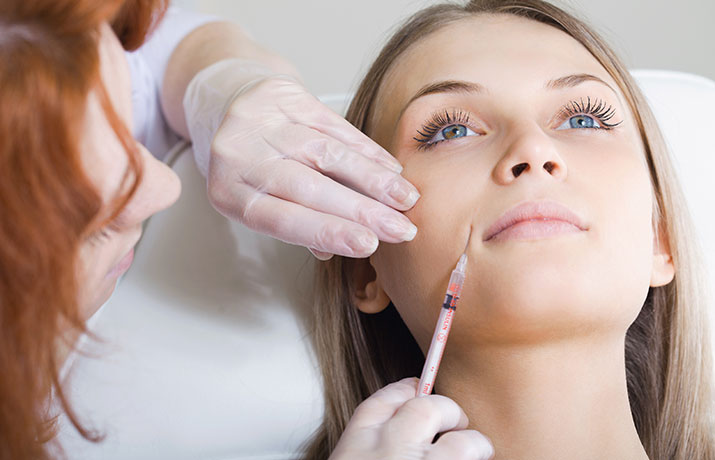As this research has indicated, there is an association between sleep apnea and high blood pressure. An Oral Sleep Appliance is FDA approved and recognized by many sleep practitioners as an effective way to treat sleep disorders. By simply pulling the lower jaw forward, the appliance effectively opens the airway, allowing better airflow and lowering the number of apnea events. An added bonus is that by opening the airway, you may eliminate snoring. If you’ve been told you stop breathing, gasp for air or snore loudly during sleep, you should schedule an appointment with Dr. Farrell for a consultation. We have sleep study equipment that can be used in the comfort of your own home, instead of having to go to a sleep lab. Call 480-945-3629 today. www.headpaininstitute.com
Department of Preventive Medicine, University of Wisconsin School of Medicine, Madison 53705, USA. ppeppard@facstaff.wisc.edu
Abstract
BACKGROUND: Sleep-disordered breathing is prevalent in the general population and has been linked to chronically elevated blood pressure in cross-sectional epidemiologic studies. We performed a prospective, population-based study of the association between objectively measured sleep-disordered breathing and hypertension (defined as a laboratory-measured blood pressure of at least 140/90 mm Hg or the use of antihypertensive medications).
METHODS: We analyzed data on sleep-disordered breathing, blood pressure, habitus, and health history at base line and after four years of follow-up in 709 participants of the Wisconsin Sleep Cohort Study (and after eight years of follow-up in the case of 184 of these participants). Participants were assessed overnight by 18-channel polysomnography for sleep-disordered breathing, as defined by the apnea-hypopnea index (the number of episodes of apnea and hypopnea per hour of sleep). The odds ratios for the presence of hypertension at the four-year follow-up study according to the apnea-hypopnea index at base line were estimated after adjustment for base-line hypertension status, body-mass index, neck and waist circumference, age, sex, and weekly use of alcohol and cigarettes.
RESULTS: Relative to the reference category of an apnea-hypopnea index of 0 events per hour at base line, the odds ratios for the presence of hypertension at follow-up were 1.42 (95 percent confidence interval, 1.13 to 1.78) with an apnea-hypopnea index of 0.1 to 4.9 events per hour at base line as compared with none, 2.03 (95 percent confidence interval, 1.29 to 3.17) with an apnea-hypopnea index of 5.0 to 14.9 events per hour, and 2.89 (95 percent confidence interval, 1.46 to 5.64) with an apnea-hypopnea index of 15.0 or more events per hour.
CONCLUSIONS: We found a dose-response association between sleep-disordered breathing at base line and the presence of hypertension four years later that was independent of known confounding factors. The findings suggest that sleep-disordered breathing is likely to be a risk factor for hypertension and consequent cardiovascular morbidity in the general population. N Engl J Med. 2000 May 11;342(19):1378-84.

